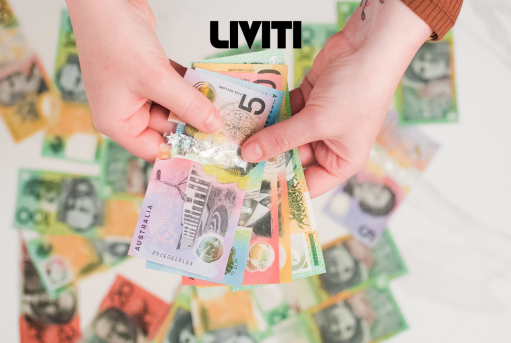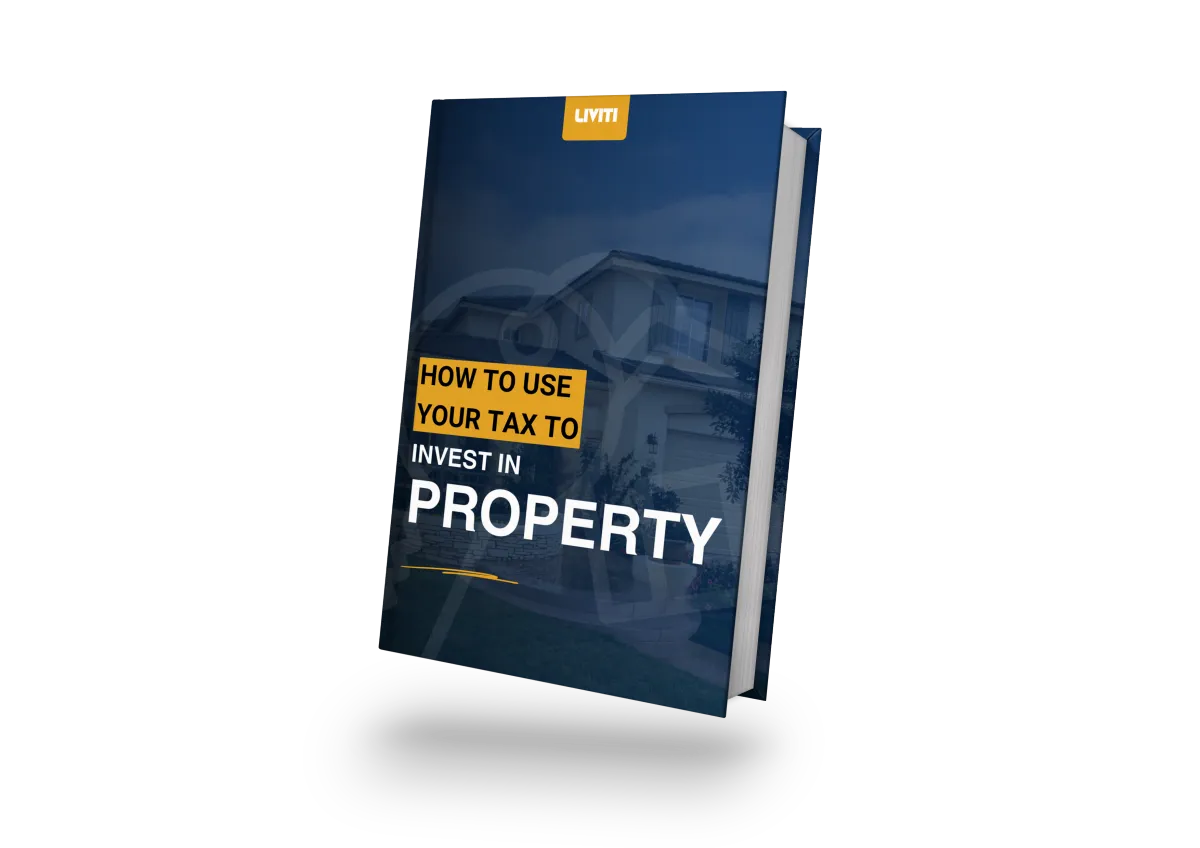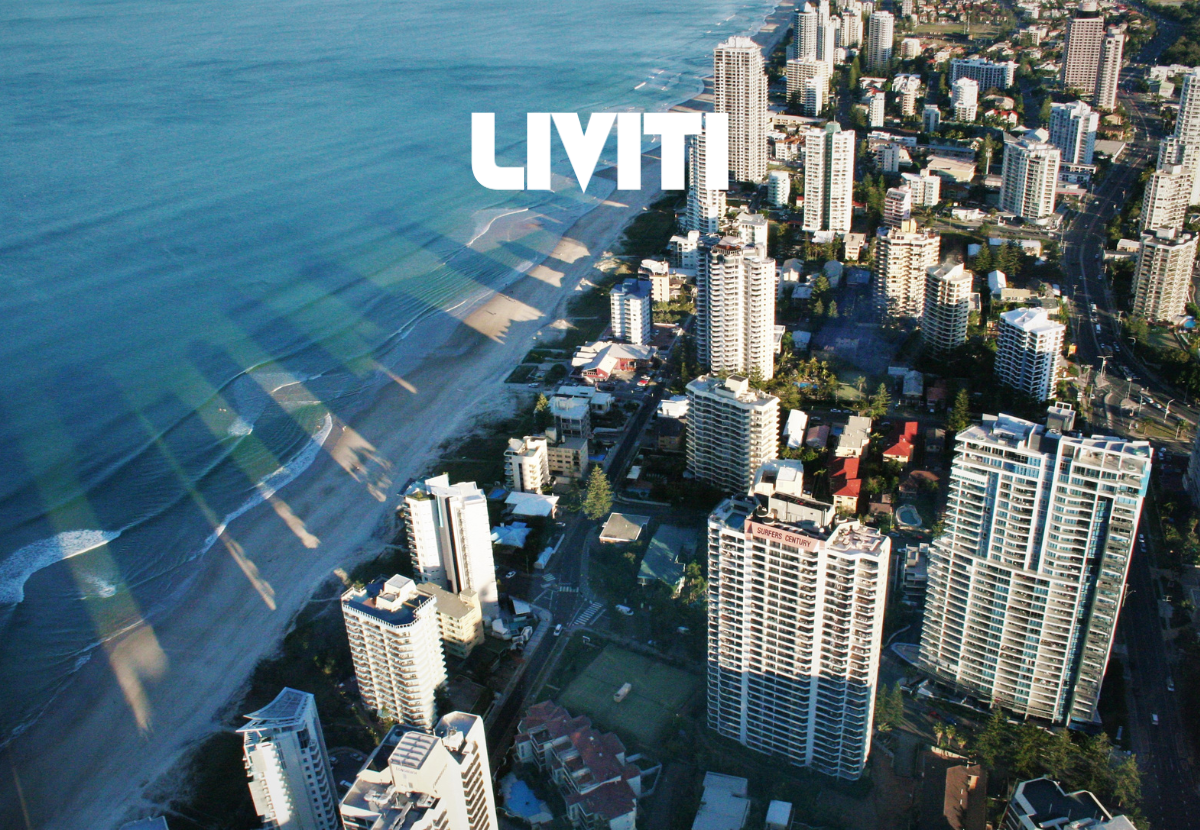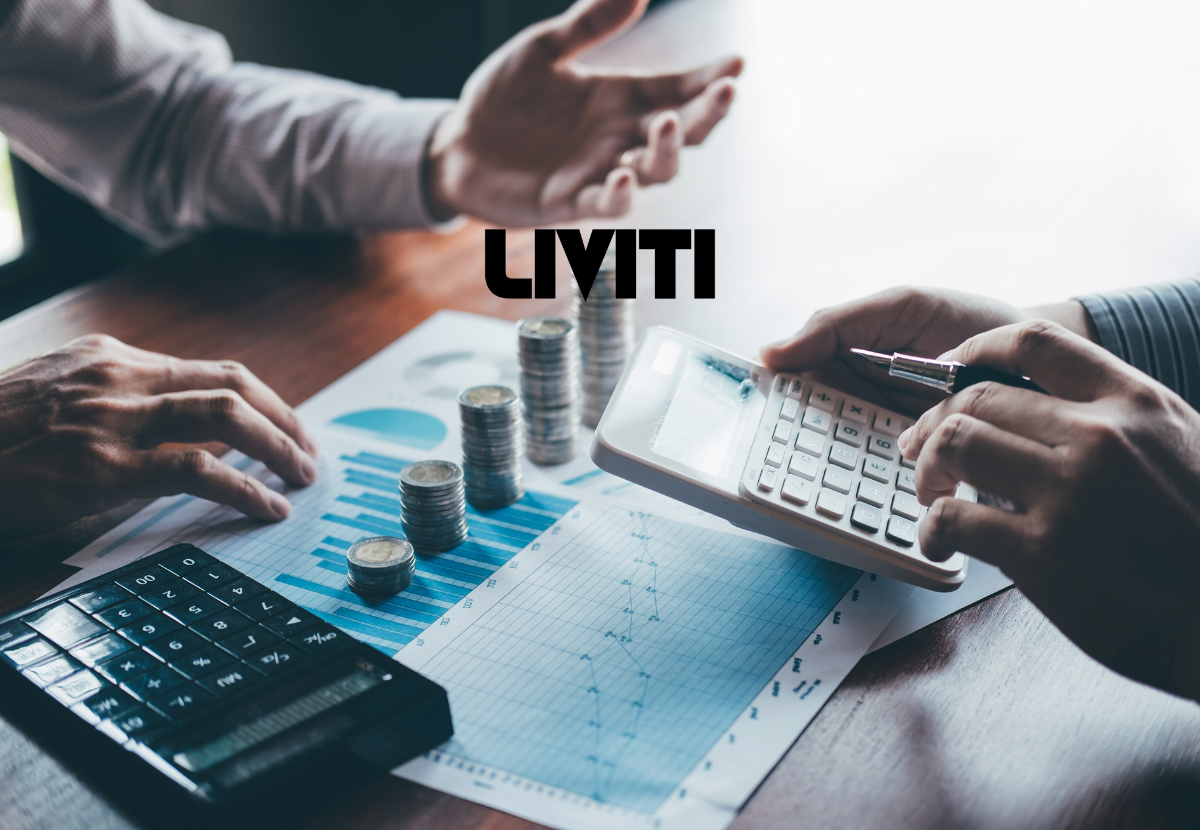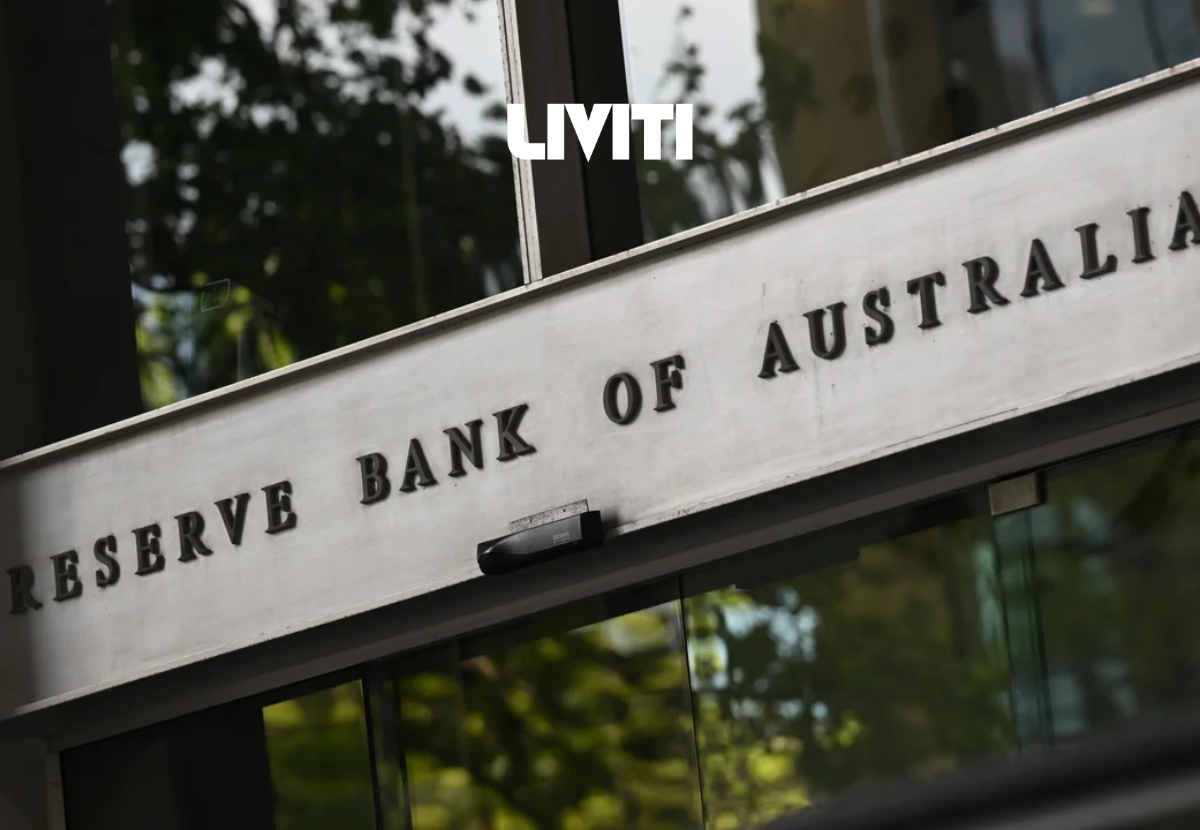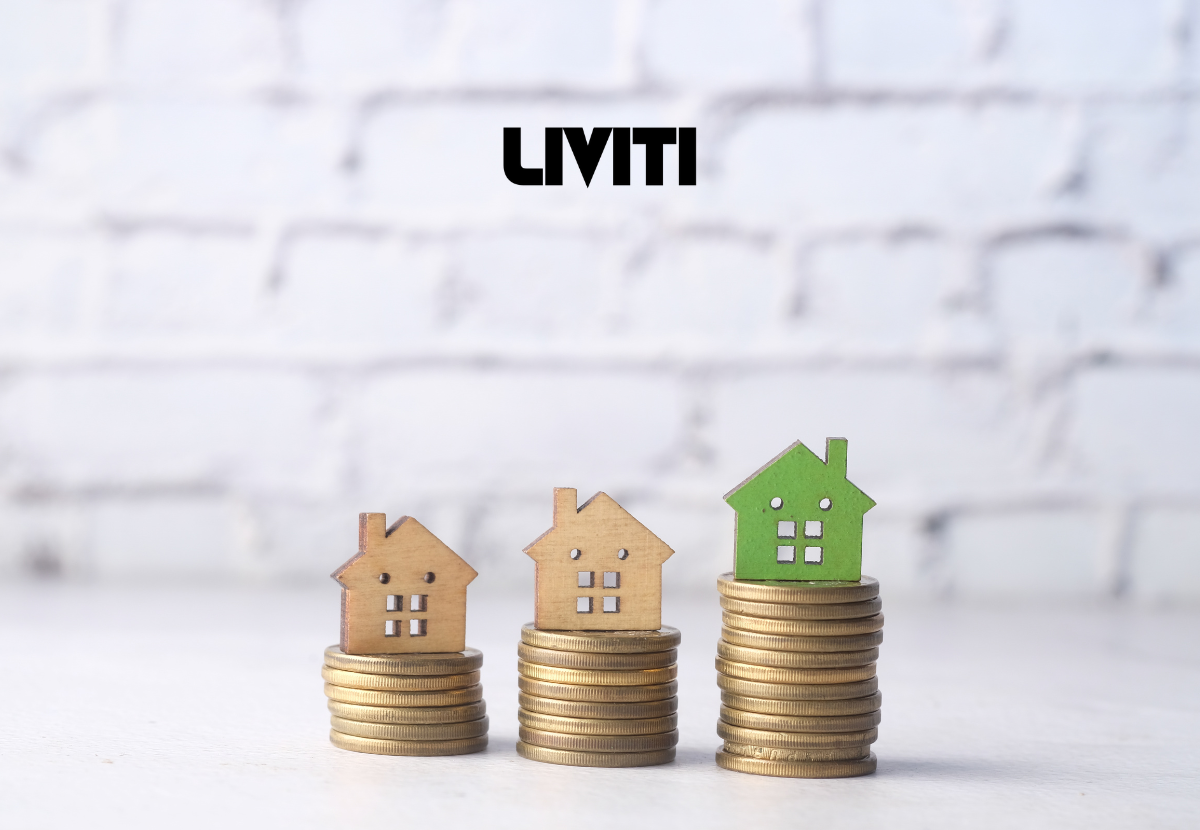Securing the right financing is a crucial step in the property investment journey. The financing you choose directly impacts your profitability, cash flow, and overall financial freedom. As an aspiring property investor or being a seasoned investment expert, understanding the nuances of financing options is essential to making informed decisions.
This guide breaks down the process of arranging financing for your investment property and provides actionable steps to secure the best deal.

Understanding the Importance of Investment Property Financing
Arranging financing for an investment property is fundamentally different from financing an owner-occupied property. Lenders assess factors like potential rental income, your ability to service debt, and market conditions to evaluate risk.
The key to success lies in preparing thoroughly, understanding the financial products available, and leveraging resources like mortgage brokers to find a tailored solution.
Top 7 Steps to Arrange Financing for Your Investment Property
Step 1: Assess Your Financial Position
Before exploring financing options, you need a clear understanding of your financial situation.

Key Areas to Evaluate
- Savings and Deposit: Most lenders require a deposit of at least 10-20% for an investment property.
- Credit Score: A strong credit score helps you secure competitive interest rates. Regularly check your credit report and resolve any inaccuracies.
- Debt-to-Income Ratio: Aim to maintain a low ratio, as this signals to lenders that you can manage repayments comfortably.
- Emergency Funds: Ensure you have a financial buffer for unexpected expenses, such as maintenance or temporary vacancies.
Step 2: Explore Financing Options
Investment property loans come in various forms, and the choice depends on your goals, risk tolerance, and financial profile.
Common Financing Products
- Standard Investment Loans: These are typical home loans designed for investment properties, offering flexibility in terms of interest-only or principal and interest repayments.
- Home Equity Loans: If you already own a home, you can access equity to fund your next investment. This option is particularly beneficial if your property has appreciated in value.
- Line of Credit: A revolving credit line secured against your property, allowing you to borrow as needed up to a pre-approved limit.
- Fixed vs. Variable Rates: Fixed-rate loans offer stability, while variable-rate loans provide flexibility if interest rates decrease. Hybrid loans combine both for balance.
Compare lenders’ offerings using online platforms or consult a professional mortgage broker to access tailored solutions.
Step 3: Compare Interest Rates and Fees
Interest rates significantly affect the cost of your investment loan. However, rates aren’t the only factor to consider.

Other Costs to Watch Out For
- Application Fees: One-time costs for loan processing.
- Ongoing Fees: Monthly or annual account-keeping fees.
- Lender’s Mortgage Insurance (LMI): Required if your deposit is less than 20%.
- Early Repayment Fees: Applicable if you pay off the loan sooner than agreed.
How to Compare Loans
Use the comparison rate, which combines the interest rate and associated fees, to understand the true cost of the loan.
Step 4: Prepare Your Documentation
Lenders require detailed documentation to assess your loan application. Organising these in advance ensures a smoother process.
Essential Documents
- Proof of income (payslips, tax returns).
- Bank statements showing savings and expenses.
- Credit report.
- Details of existing assets and liabilities.
Provide evidence of potential rental income for the property you’re planning to invest in. This can positively influence the lender’s decision.
Step 5: Pre-Approval: A Smart First Step
Loan pre-approval is a conditional agreement from a lender that indicates how much you can borrow.
Benefits of Pre-Approval
- Budget Clarity: Know your financial limits before searching for properties.
- Stronger Negotiating Position: Sellers may prefer buyers with pre-approval.
- Faster Transactions: Speeds up the purchase process once you find a property.
Step 6: Work with a Mortgage Broker or Financial Advisor

A mortgage broker can simplify the process by comparing multiple lenders and negotiating terms on your behalf. Similarly, a financial advisor can help align financing options with your long-term investment strategy.
At Liviti, we simplify the process by comparing multiple lenders and negotiating terms on your behalf. Liviti Property is renowned for its expertise in investment property financing, offering personalized solutions to help investors achieve their goals in the long run.
Questions to Ask Your Broker
- What is the total cost of the loan, including hidden fees?
- Are there any penalties for early repayment?
- What flexibility does the loan offer if my financial situation changes?
Read More:The Top 10 Steps to Financial Freedom Through Property Investment
Step 7: Evaluate Risks and Plan for Contingencies
No investment is without risk. Understanding potential challenges and having a contingency plan is vital.
Common Risks
- Interest Rate Fluctuations: A fixed-rate loan can shield you from sudden rate hikes.
- Market Volatility: Diversify your investments to minimise exposure to downturns.
- Tenant Issues: Budget for vacancies and unexpected repairs.
Want to buy your first home for $10,000? Have a look into our expert’s approach towards achieving your financial goal!
Arranging financing for your investment property requires careful planning, thorough research, and strategic decision-making. By assessing your financial position, exploring tailored loan options, and seeking professional guidance, you can secure a financing solution that aligns with your investment goals. Remember, the right financing is not just about securing funds; it’s about creating a foundation for long-term property investment success.
Ready to take the next step? Begin by assessing your financial situation with Liviti.

